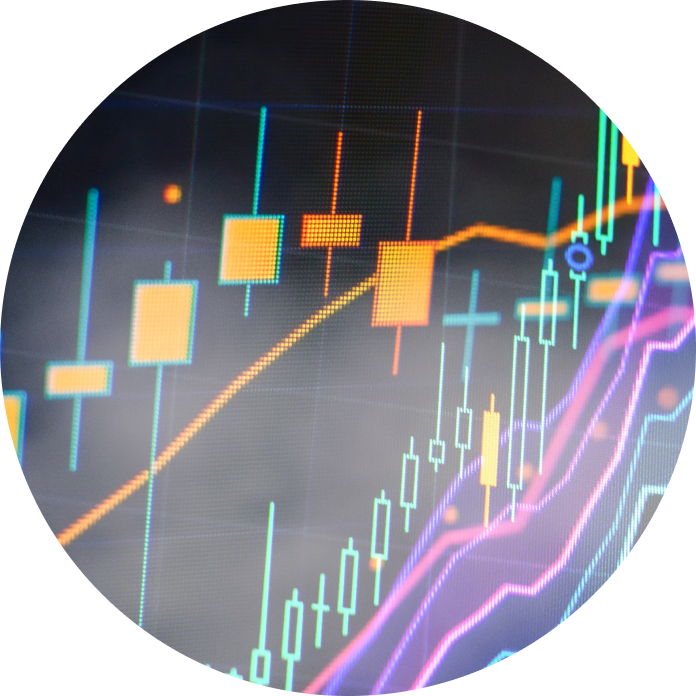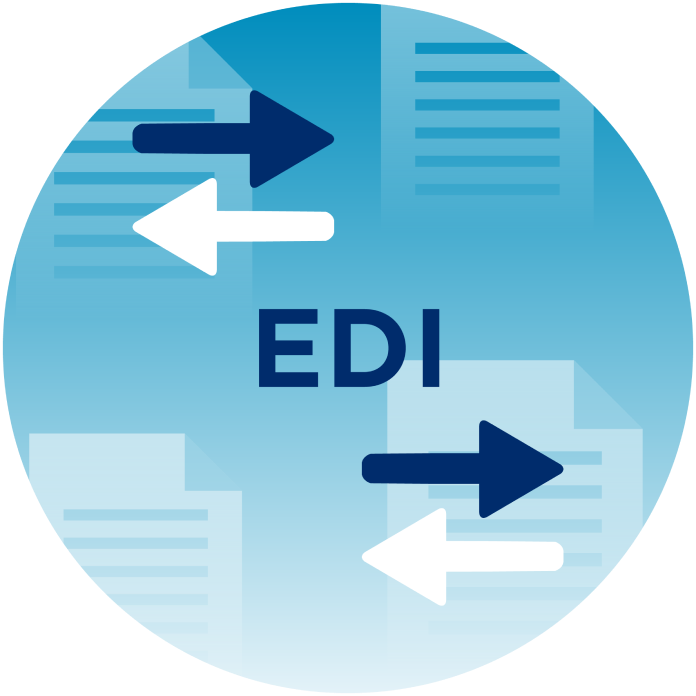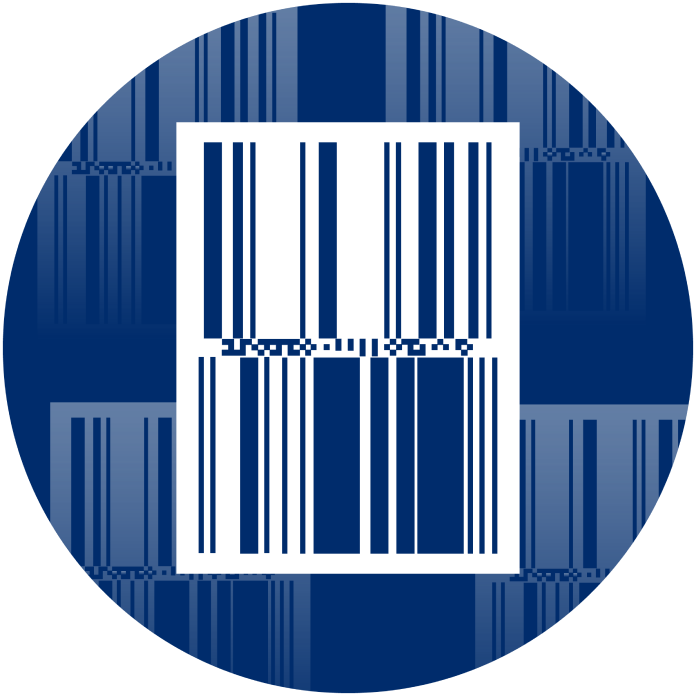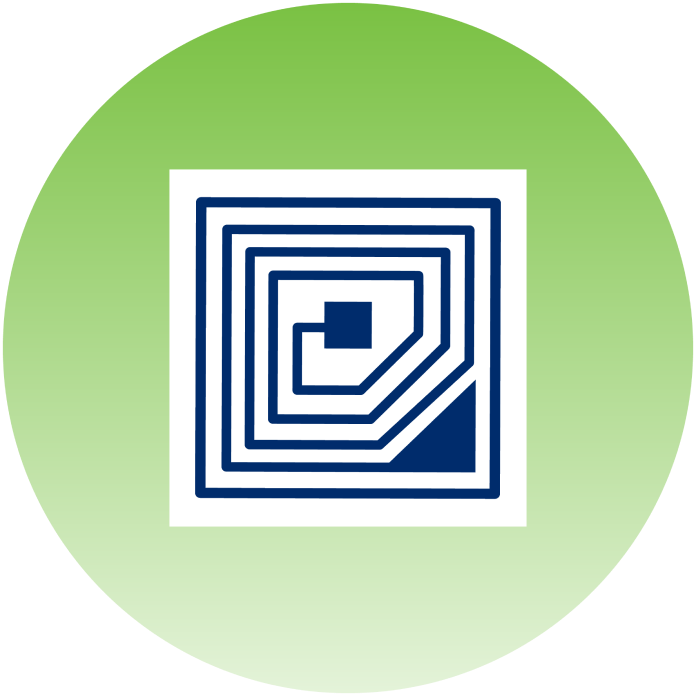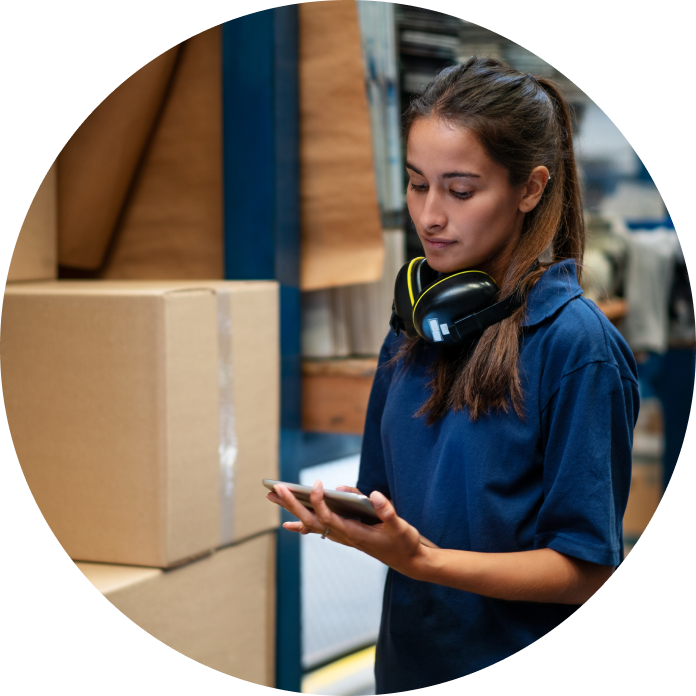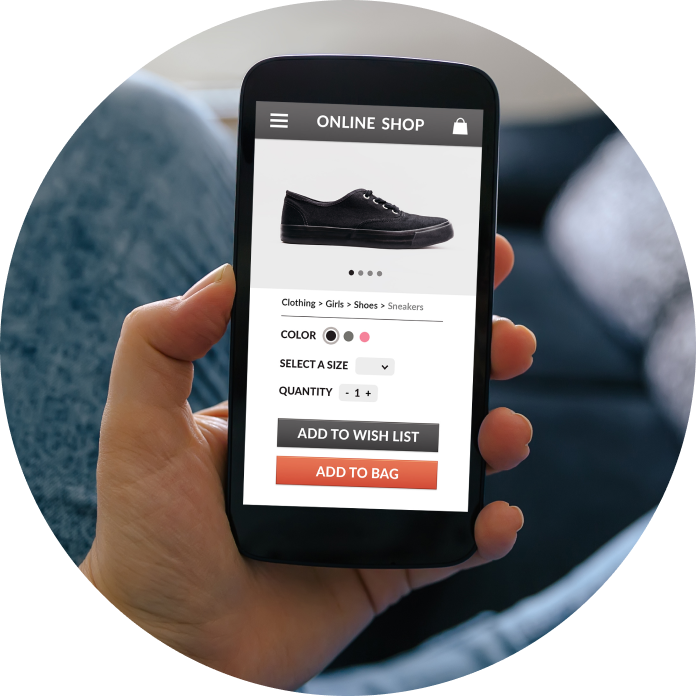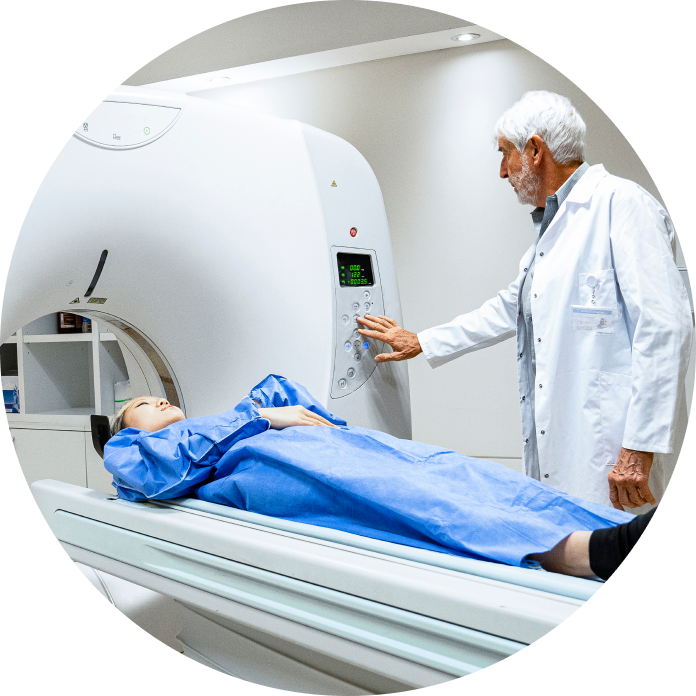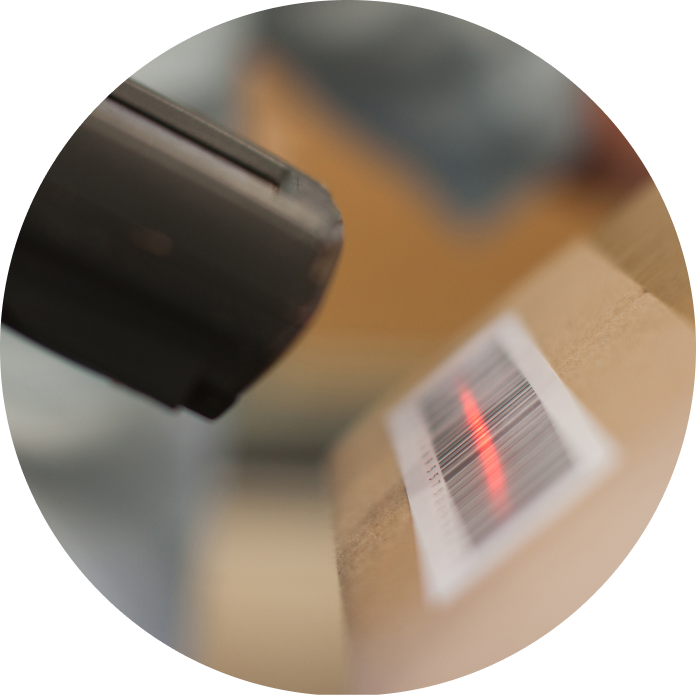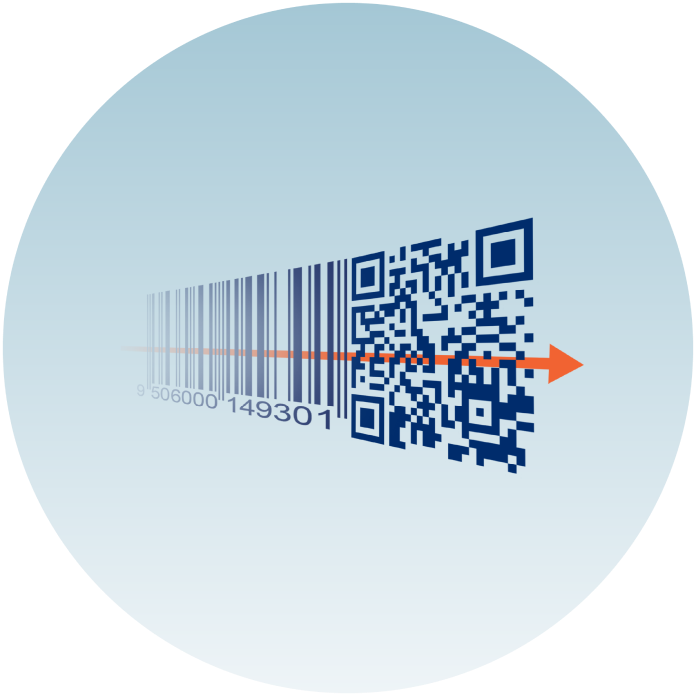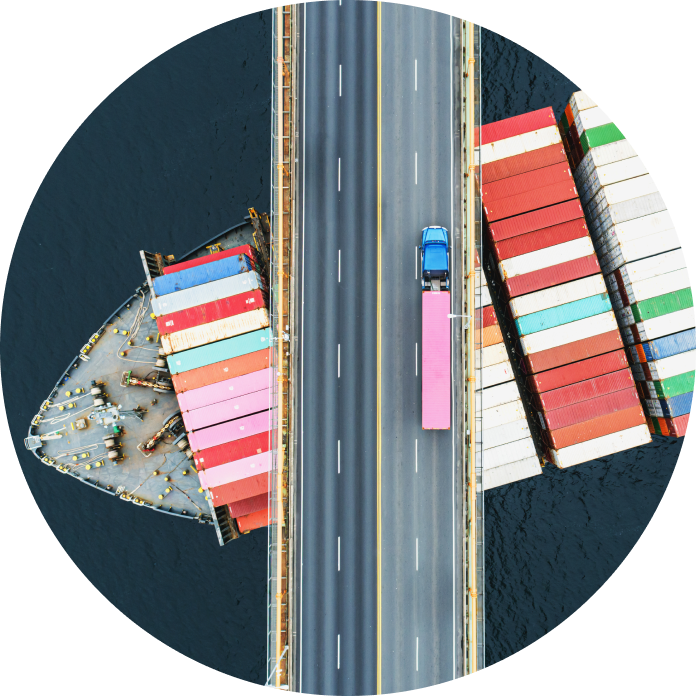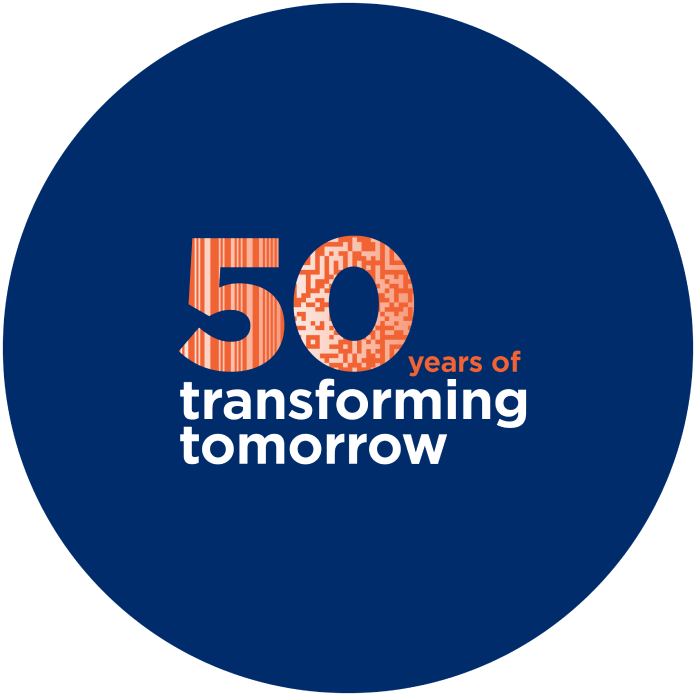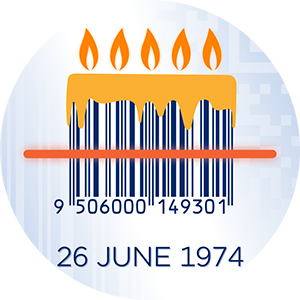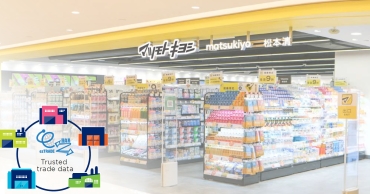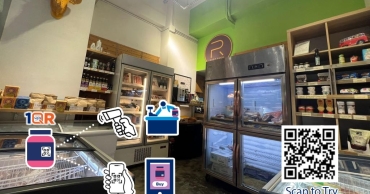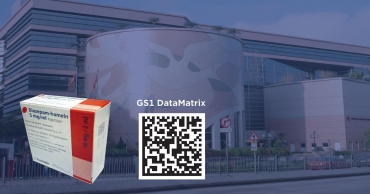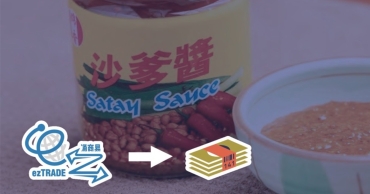GS1 50th Anniversary

50 years ago, the GS1 barcode was scanned for the first time, and since then each “beep” makes it easier and safer to buy and sell products.
Industry leaders came together to transform the way we shop and created the barcode. From that point forward, a simple scan at checkout connected a physical product to its digital identity—and information that could be shared throughout the supply chain and with consumers. For five decades, every beep of a barcode—with GS1 standards behind it—has powered trust for everyone everywhere.
As one of the member organisations of GS1, GS1 HK has been established in Hong Kong for 35 years. View our 35 years of development
50 Years after the barcode was first scanned, 22 leaders from the world’s biggest companies sign a global joint statement calling for the transition to QR Codes with GS1 standards

Read the industry Global Joint Statement
Signatories include industry champions like Alibaba.com, AS Watson Group, Carrefour, IGA, JD.com, JM Smucker, Mondelēz, Lidl, L’Oréal, Nestlé, P&G, and Savencia. They are calling for the global adoption of QR Codes with GS1 standards. Powered by GS1, these QR Codes can give access to a wealth of product information easily accessible via smartphones – which is expected to completely revolutionise the consumer experience.
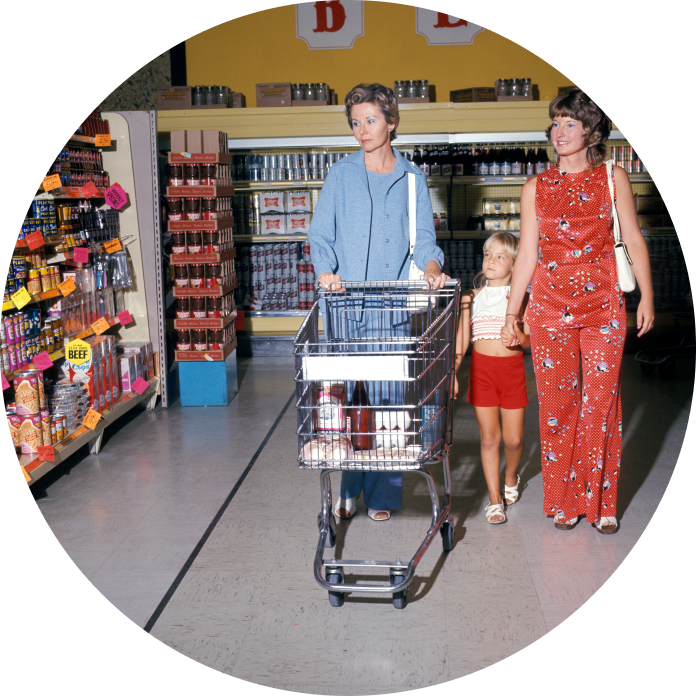
On 3 April 1973, industry leaders in the U.S. retail grocery sector create the barcode—an innovation that has revolutionised our modern economy and society.
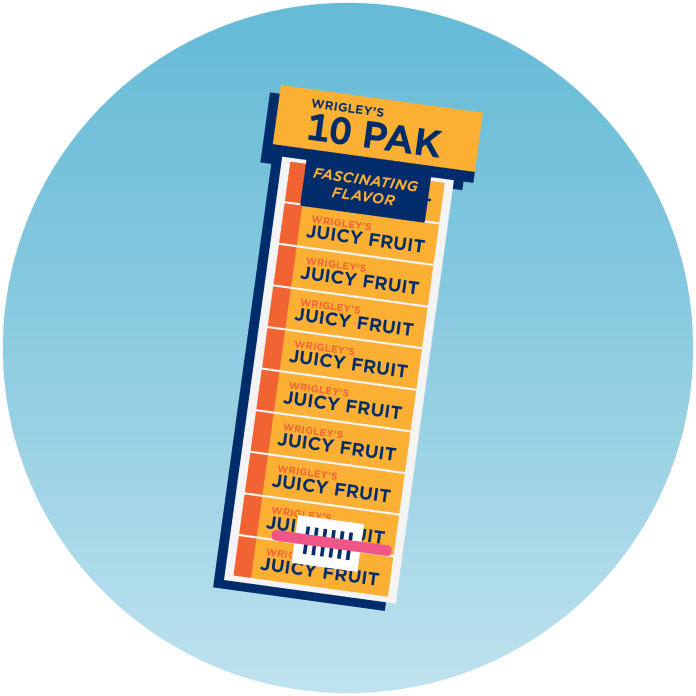
The U.S.–based Uniform Code Council (UCC) is appointed as administrator of the new Universal Product Code (UPC) barcode.
On 26 June 1974—in a Marsh supermarket located in Ohio—a pack of Wrigley’s gum becomes the first product in the world to be scanned with a barcode.

The European Article Numbering (EAN) Association is established as an international not-for-profit standards organisation in Brussels, Belgium. The new EAN barcode is fully compatible with the UPC barcode in the U.S.
Success Cases
Kao, a brand that has entered Hong Kong market for more than 50 years, has been…
As the HK Government fully liberalised the rice trade since 2003, Infotech Rice…
Min Hong started its handmade satay sauce business over 60 years ago, supplying to…



